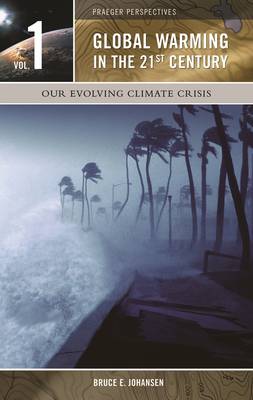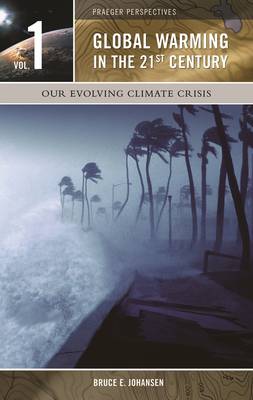
- Retrait gratuit dans votre magasin Club
- 7.000.000 titres dans notre catalogue
- Payer en toute sécurité
- Toujours un magasin près de chez vous
- Retrait gratuit dans votre magasin Club
- 7.000.0000 titres dans notre catalogue
- Payer en toute sécurité
- Toujours un magasin près de chez vous
Description
Evidence of rising temperatures, melting ice, rising sea levels, and damage to flora and fauna on land and in the oceans has been accumulating for several decades. Scientific bodies around the world have traced this trend to increasing levels of carbon dioxide and other greenhouse gases in the atmosphere, most of it attributable to the consumption of fossil fuels. Despite the evidence, political debate still rages over the existence of global warming. Global Warming in the 21st Century provides a detailed review of the accumulating evidence of global warming, from the Arctic and Antarctic to the tropics, focusing special attention on a number of processes that will accelerate warming as the century passes. Extensive warming also could endanger sea life through the devastation of phytoplankton populations at the base of the oceanic food chain.
Bruce Johansen presents scientific theories on the subject that conflict with popular assumptions and explains that global warming is a slow-motion crisis in which the effects of greenhouse gas emissions are not evident in the atmosphere until roughly a half-century after they occur. Extensive reports from scientific literature explain how ozone depletion in the stratosphere and warming near the surface of the Earth are related. This three-volume work also proposes detailed solutions to global warming, including a worldwide overhaul in energy systems that will go beyond the initial diplomatic efforts of the Kyoto Protocol.
Spécifications
Parties prenantes
- Auteur(s) :
- Editeur:
Contenu
- Nombre de pages :
- 928
- Langue:
- Anglais
- Collection :
Caractéristiques
- EAN:
- 9780275985851
- Date de parution :
- 01-05-06
- Format:
- Livre
- Dimensions :
- 161 mm x 245 mm
- Poids :
- 1818 g

Les avis
Nous publions uniquement les avis qui respectent les conditions requises. Consultez nos conditions pour les avis.






